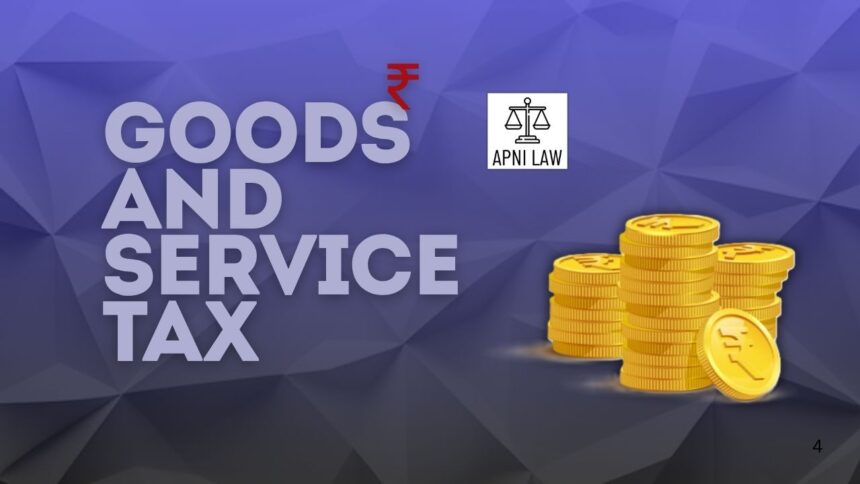The Goods and Services Tax (GST) forms the foundation of India’s modern tax system. It is divided into four parts, SGST, CGST, IGST, and UTGST. Each serves a specific purpose based on the type of transaction, within a state, between states, or in union territories.
What is SGST?
SGST stands for State Goods and Services Tax. State governments charge SGST on intrastate sales of goods and services. It helps states collect their share of tax on transactions within their boundaries.
SGST has replaced earlier state taxes like VAT, luxury tax, and octroi. It brings consistency and simplifies state-level taxation.
SGST applies when a transaction happens within the same state. For example, if a shop in Maharashtra sells a saree to a customer in Maharashtra, SGST is applicable.
In union territories like Chandigarh or Lakshadweep, UTGST replaces SGST.
Suppose a saree costs ₹10,000 and the GST rate is 5%. SGST will be half of that, 2.5%.
SGST = ₹10,000 × 2.5% = ₹250
So, you’ll charge ₹250 as SGST. The state government collects this amount.
What is CGST?
CGST stands for Central Goods and Services Tax. The central government collects CGST on intrastate sales, alongside SGST. It ensures that the centre gets its share of tax revenue.
CGST is covered under the CGST Act, 2017.
CGST applies to sales within the same state. For example, a furniture seller in Karnataka selling to a customer in Karnataka must charge CGST.
It is collected along with SGST or UTGST, depending on the location.
Let’s say you sell goods worth ₹10,000. The GST rate is 18%. The total GST will be ₹1,800.
CGST = ₹1,800 / 2 = ₹900
You’ll charge ₹900 as CGST. The central government collects this amount.
What is IGST?
IGST stands for Integrated Goods and Services Tax. The central government levies IGST on interstate transactions, when goods or services move between different states.
IGST combines both CGST and SGST into a single tax. This simplifies interstate trade.
IGST applies when a business sells across state borders. For example, if a seller in Delhi sends goods to a buyer in Maharashtra, IGST applies.
The centre collects IGST and then shares it with the destination state.
If you sell goods worth ₹10,000 from Delhi to Maharashtra at an 18% GST rate:
IGST = ₹10,000 × 18% = ₹1,800
The central government collects ₹1,800. It later splits the amount between Delhi and Maharashtra.
What is UTGST?
UTGST stands for Union Territory Goods and Services Tax. It works like SGST but applies only in union territories that don’t have a legislative assembly.
Union territories like Chandigarh, Daman and Diu, and Lakshadweep follow this tax structure.
UTGST is charged on transactions within a union territory. For example, sales within Chandigarh are subject to UTGST along with CGST.
If a business in Chandigarh sells goods worth ₹15,000 and the GST rate is 12%, UTGST will be 6%.
UTGST = ₹15,000 × 6% = ₹900
You’ll charge ₹900 as UTGST. The union territory administration receives this tax.
Why Use These Four Types of GST?
Each types of GST has a clear purpose:
- SGST: Gives revenue to the state for intrastate sales.
- CGST: Ensures central control over intrastate transactions.
- IGST: Simplifies interstate trade with a single tax.
- UTGST: Helps union territories manage local taxes effectively.
What Are The Benefits of the GST Structure
The States and the centre get their rightful share. Also, businesses deal with a unified system. Moreover, GST avoids “tax on tax” situations. A clear tax system attracts trade and investment.
How Does Input Tax Credit (ITC) Work?
Input Tax Credit lets businesses reduce the GST they owe by claiming credit on GST they already paid on purchases.
ITC Adjustment Rules:
- To Pay IGST: Use IGST credit first, then CGST or SGST.
- To Pay CGST: Use CGST credit first, then IGST.
- To Pay SGST: Use SGST credit first, then IGST.
Example:
If you owe CGST and have CGST and IGST credits, use the CGST credit first. Then use IGST credit if more is needed. This system lowers tax burdens and improves cash flow.
Conclusion
India’s GST system uses SGST, CGST, IGST, and UTGST to manage taxes fairly across states and union territories. Each serves a unique purpose, ensuring smooth trade, transparency, and economic growth. Understanding how these work helps businesses stay compliant and efficient.









